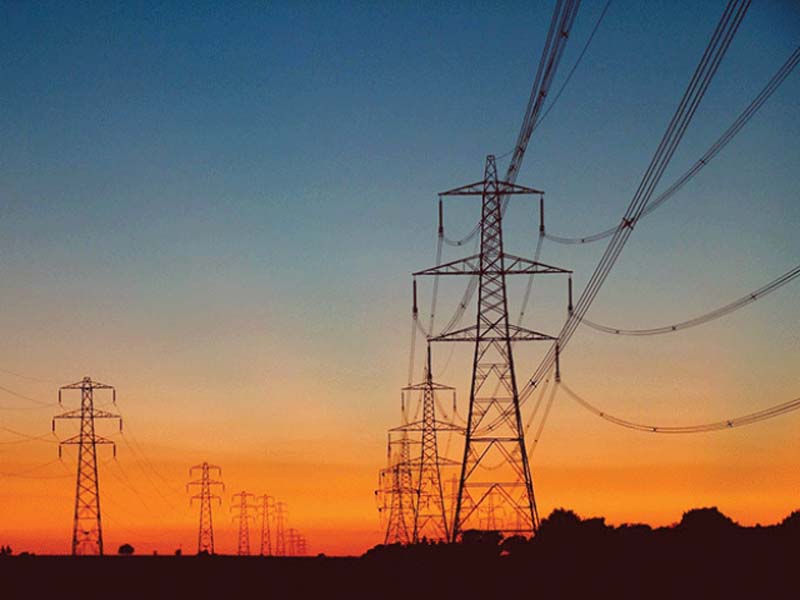
According to officials familiar with the development, sovereign guarantees to the power producers amounted to Rs272 billion by December 2015, constituting 20-30% of the power generation cost being paid by consumers.
In a meeting held on February 22, Water and Power Secretary Younus Dagha briefed the prime minister on sovereign guarantees for payment of capacity charges and the need to impose a cap on new tariffs for imported fuel-based electricity. Elaborating, Dagha said the amount committed in sovereign guarantees would rise from Rs272.4 billion in December 2015 to Rs310.8 billion in 2016, Rs534.8 billion in 2017 and Rs630.8 billion in 2018. This meant that the amount would account for 40-45% of the power generation cost by 2018.

Quoting a study conducted by experts on the production of wind and solar power, Dagha said there were limitations for these power sources on the national grid as there was no balancing capacity.
The study suggested that power supply from wind and solar resources should be restricted to 2,200 megawatts until 2018. Moreover, a major upgrading and modernisation of the national grid and the distribution system would be required for setting up new power plants. Dagha was of the view that fresh sovereign guarantees should not be issued for imported fuel-based electricity generation. Apart from this, no new tariff or power purchase agreement should be preferred for power plants based on liquid fuels, furnace oil, low sulphur furnace oil and high-speed diesel.
Explaining, he stressed that new tariff should not be preferred for plants to be run on imported liquefied natural gas except for ones already running and the planned 3,600 and 1,000MW projects where work had already been initiated.
New tariff for plants run on imported coal should not be announced except for plants being set up under the China-Pakistan Economic Corridor, projects of Lucky, Siddiqsons and others for which letters of support had been issued and projects being converted from furnace oil, which were estimated to be of around 4,920MW capacity.
The solar and wind power plants having levelised tariff of more than 11 cents per unit and hydroelectric power plants with a levelised tariff of more than 10 cents per unit should also not be treated for new tariff, he said.
Published in The Express Tribune, March 16th, 2016.
Like Business on Facebook, follow @TribuneBiz on Twitter to stay informed and join in the conversation.






1719053250-0/BeFunky-collage-(5)1719053250-0-270x192.webp)










COMMENTS (1)
Comments are moderated and generally will be posted if they are on-topic and not abusive.
For more information, please see our Comments FAQ